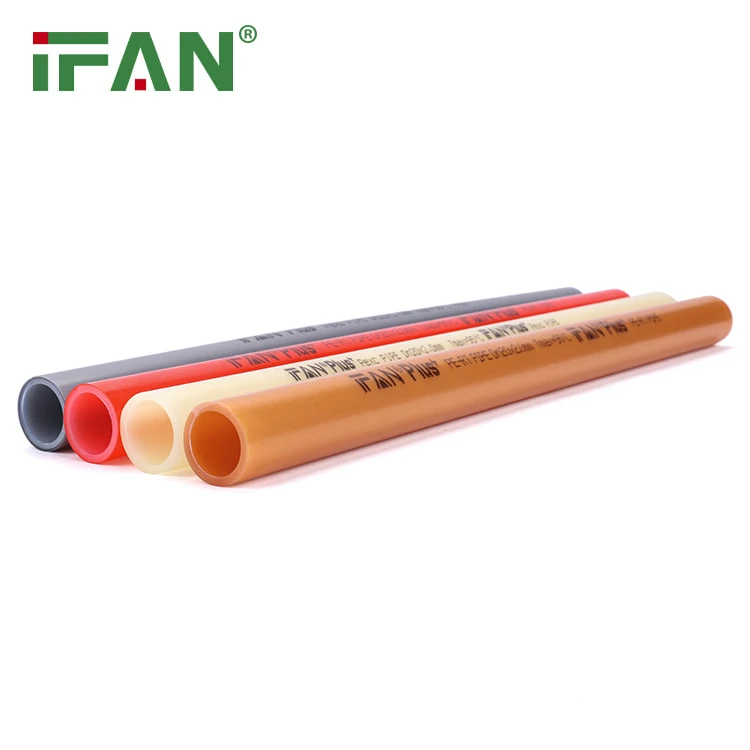In the vast landscape of plumbing materials, PEX-A and PEX-B stand out as two prominent options, each with its own unique characteristics and applications. Let’s delve deeper into the nuances of these two types of cross-linked polyethylene piping to gain a comprehensive understanding of their differences and determine the most suitable choice for various plumbing projects.
Introduction to PEX-A and PEX-B
There are represent two distinct manufacturing processes employed in the production of cross-linked polyethylene piping, commonly known as PEX. While both materials share the same base polymer, their manufacturing methods and resulting properties vary significantly.
Manufacturing Process
PEX-A is manufactured using the Engel method, a high-pressure and high-temperature process that results in a more uniform and higher degree of cross-linking within the polymer matrix. In contrast, PEX-B is produced using the Silane method, which relies on a chemical cross-linking process.
Cross-Linking Degree
One of the primary differences between Pex pipe lies in their degree of cross-linking. PEX-A typically exhibits a higher degree of cross-linking, resulting in superior flexibility, durability, and resistance to freezing compared to PEX-B.
Flexibility
PEX-A is renowned for its exceptional flexibility, even in cold temperatures, allowing for easier installation and maneuverability around obstacles. In contrast, PEX-B is slightly stiffer and less flexible, which may require additional fittings and connectors in complex installations.
Memory Effect
A notable characteristic of PEX-A is its memory effect, which enables the pipe to return to its original shape after being bent or twisted. This feature simplifies installation and reduces the risk of kinks, providing added convenience for plumbers.
Performance in Freezing Conditions
Due to its higher degree of cross-linking and flexibility, PEX-A exhibits superior resistance to freezing and thawing cycles compared to PEX-B. This makes PEX-A particularly well-suited for installations in cold climates where temperature fluctuations are common.
Cost
In terms of cost, PEX-B is generally more economical than PEX-A, making it a preferred choice for budget-conscious projects. However, the lower upfront cost of PEX-B may be offset by its slightly inferior performance and flexibility.
Installation Methods
Both these can be installed using similar methods such as crimping, expansion, or push-to-connect. However, the greater flexibility of PEX-A may simplify the installation process in certain applications, reducing labor time and costs.
Long-Term Durability
While both PEX Pipe are durable materials with long lifespans, PEX-A’s higher degree of cross-linking and flexibility may result in slightly better long-term performance and resistance to wear and tear.
Application Considerations
The choice between depends on various factors including budget, installation requirements, and environmental conditions. PEX-A is often preferred for applications where flexibility and resistance to freezing are critical, while PEX-B may be suitable for less demanding installations where cost is a primary concern.
In conclusion
Understanding the differences between PEX-A and PEX-B is essential for selecting the most suitable piping material for plumbing projects. By considering factors such as flexibility, durability, cost, and application requirements, stakeholders can make informed decisions that ensure optimal performance and longevity in their plumbing systems.
Contact
We will reply your email or fax within 24 hours.
You can call us at any time if there is any question on our production.
For more information,pls visit our webside https://www.ifanplus.com/
Pls Mailto: [email protected]






